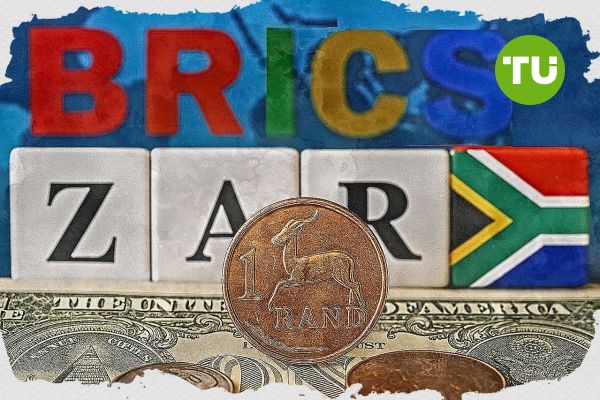South African rand dips as Trump proposes new tariffs on BRICS nations
 Trump tariffs stir China fears, hit South African rand.
Trump tariffs stir China fears, hit South African rand.
The South African rand weakened slightly in early trading on Monday, slipping 0.1% to 17.96 per U.S. dollar by 06:27 GMT, as markets reacted to U.S. President Donald Trump’s renewed calls for tariffs on BRICS nations.
According to IOL, investors across emerging markets are digesting the potential implications of Trump’s proposed 10% tariff on imports from Brazil, Russia, India, China, and South Africa — a bloc that now represents 43% of the global population and roughly 35% of world GDP.
In addition to the 10% tariff on BRICS imports, Trump has also proposed a 50% duty on copper and a possible 200% tax on pharmaceutical imports. These moves, he claims, are aimed at defending the U.S. dollar’s global dominance amid growing de-dollarization rhetoric from BRICS+ members.
Investors see China, not BRICS, as real target
Analysts and investors believe Trump’s broader aim is less about BRICS as a whole and more a targeted pushback against China’s expanding influence. “I don’t think Trump cares much about BRICS,” said Deon Gouws, CIO of Credo Wealth. “But he does care a lot about China.”
China’s economic growth, technological innovation, and central role in global trade continue to present a credible long-term challenge to the United States’ geopolitical and economic supremacy. Trump’s tariff rhetoric, according to market analysts, may be a strategic attempt to undermine China’s lead within the BRICS bloc and counter efforts to reduce the global reliance on the U.S. dollar.
Outlook: Currency and trade sentiment in focus
With the South African rand and other emerging market currencies under pressure, traders remain cautious as global trade tensions mount. Investors will closely watch whether Trump’s proposals gain traction in policy circles — particularly given the growing importance of BRICS+ in the global economy.
We also wrote earlier that South African homebuyers pull back despite falling mortgage interest rates.













































































































































